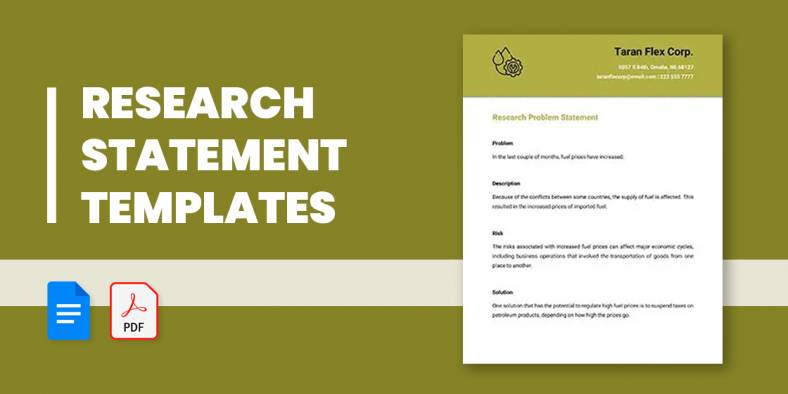
24+ Research Statement Templates in PDF | DOC
In a statement of purpose for research, you would like to try an in-depth analysis of knowledge and stats. You…
Jun 17, 2020
In every company, various incidents such as accidents or altercations are bound to happen. And every time that these problems occur, management would need to gather as much information as they can from the people involved in the incidents.
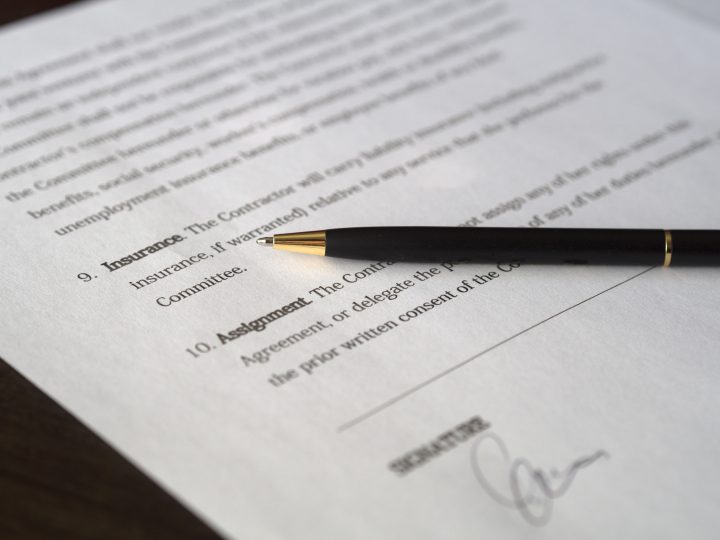
That is when witness statement forms are used to write down all the details people can recall about the incident they happened to see. Here are some useful tips and statement templates that you can use should you ever need to document an incident in your company.
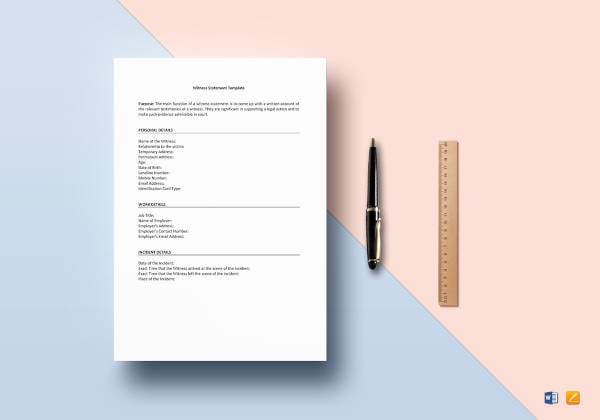
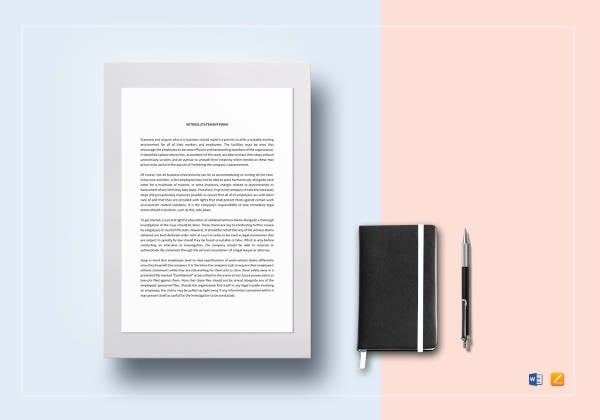
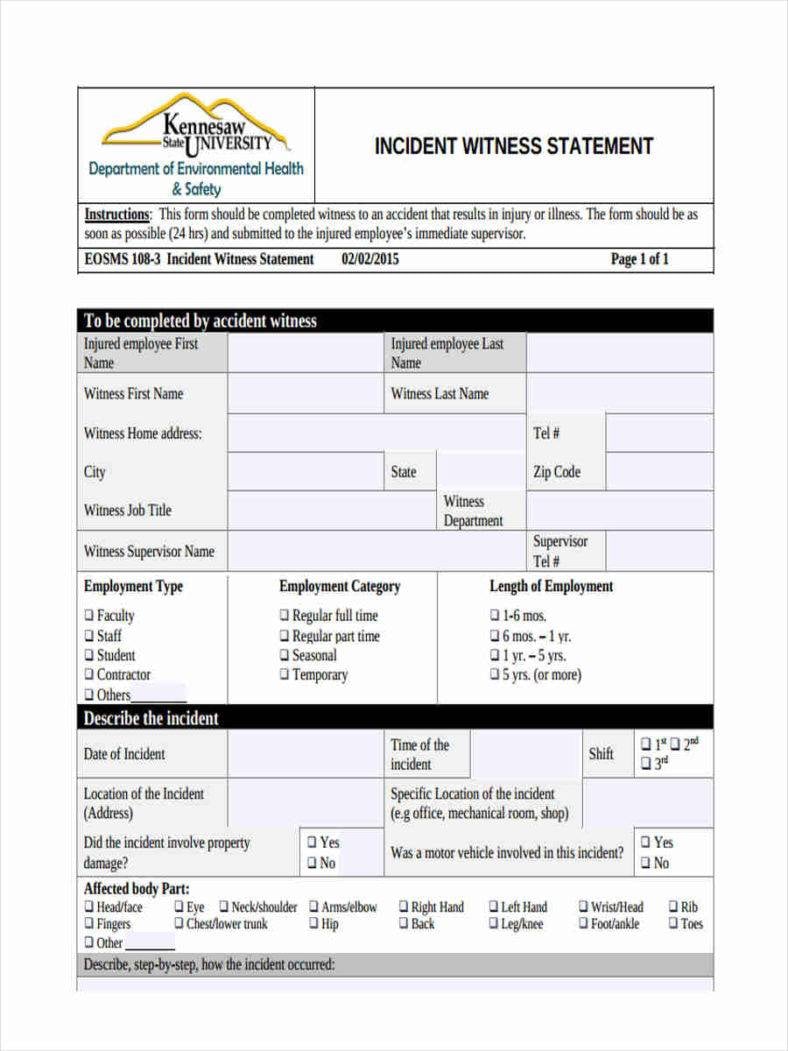
hr.kennesaw.edu
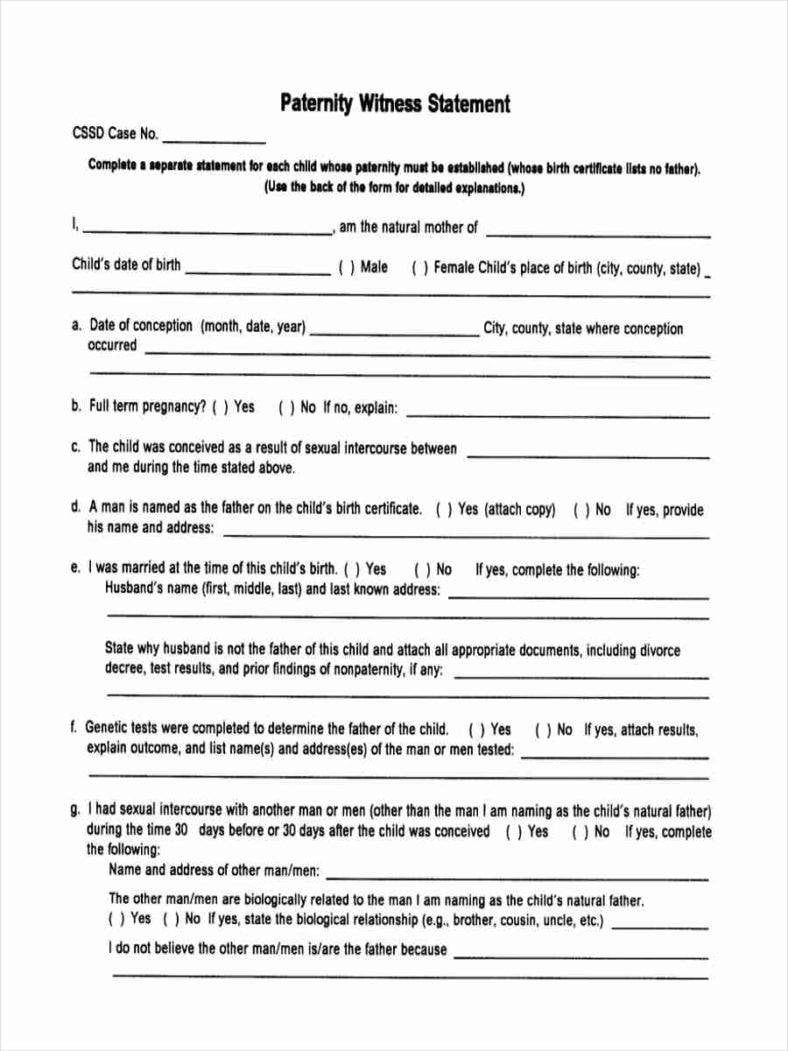
csed.state.ak.us

dhhs.ne.gov
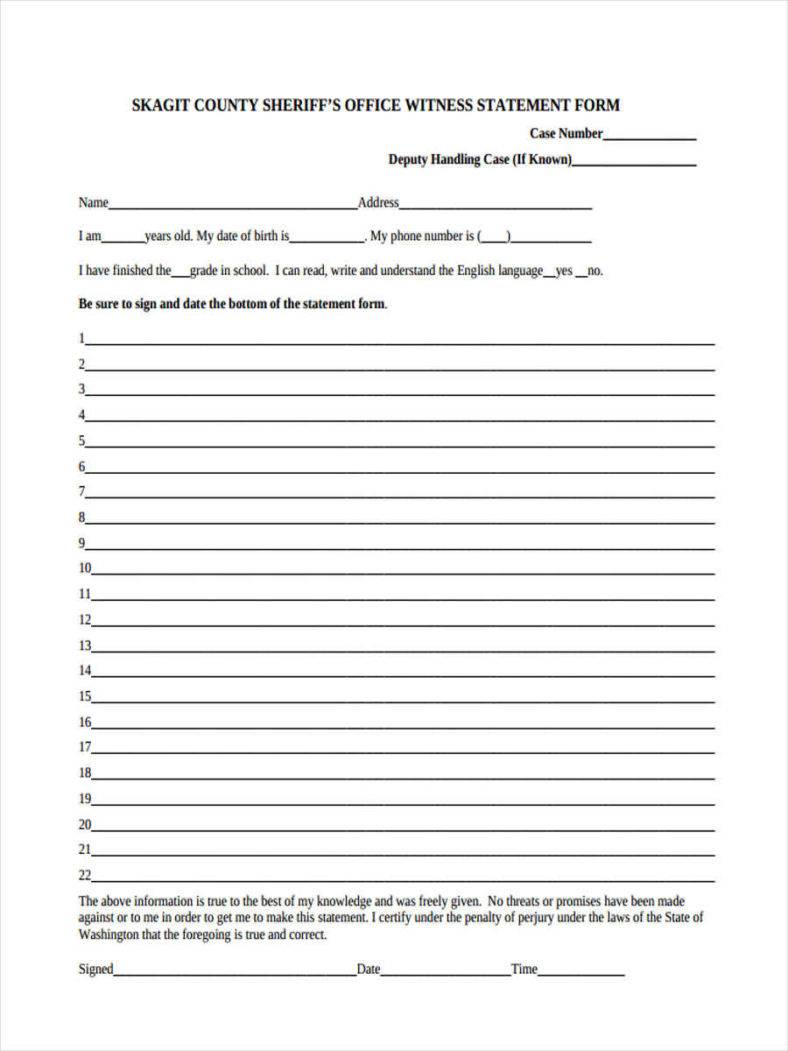
skagitcounty.net
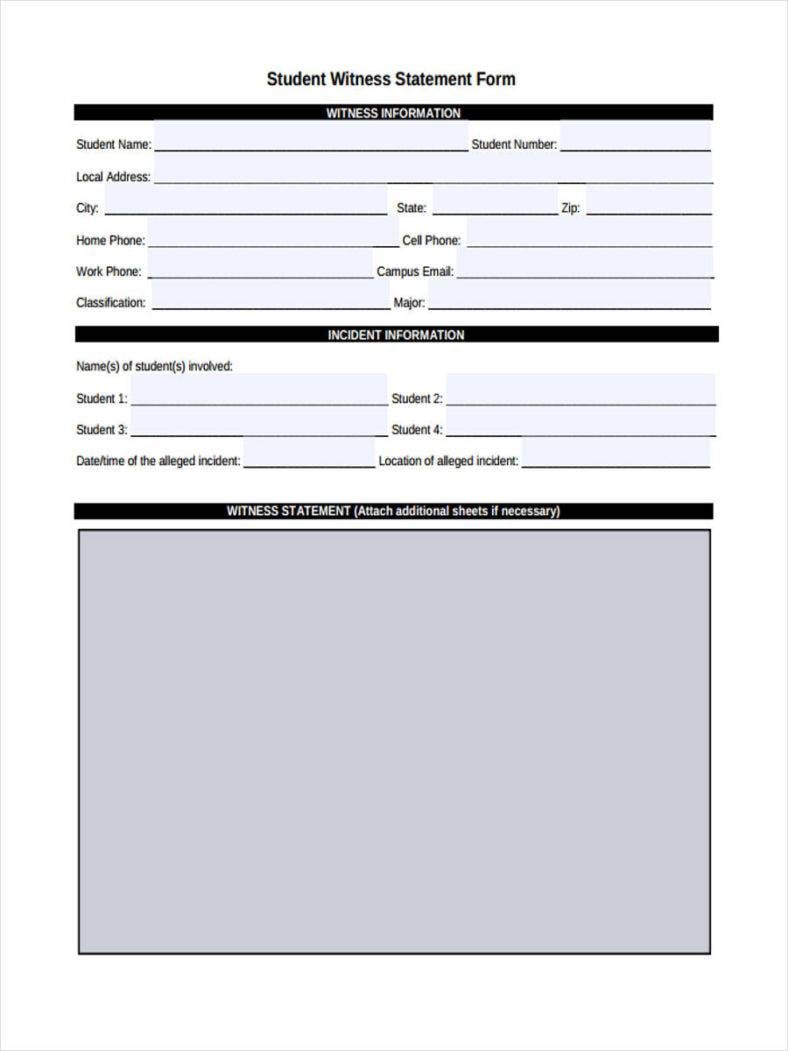
subr.edu
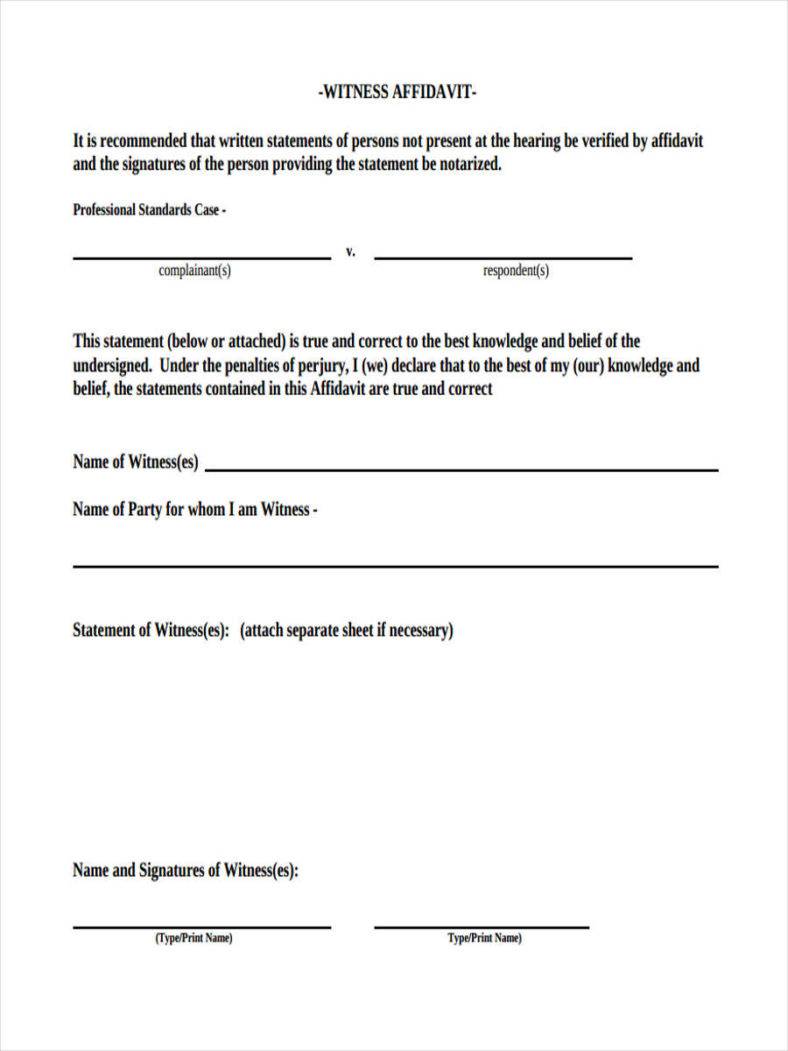
ranw.org
A witness statement is a document that sets out what a witness says about a particular case. So if you want to bring a witness into arbitration, you must file and serve a witness statement by the deadline in the directions set down by the Fair Work Commission.
If you do not file a witness statement in time, then the commission might not let the witness present it as evidence. You will need to prepare a witness statement for yourself and get one from every other witness.
While there is no required standard for a witness statement, it nevertheless should:
Make sure to include anything that you or the other witness were able to hear and see. Do not put anything that is just based on gossip as these will not be able to add anything to the statement.
You will need to prepare a witness statement for yourself and get one from each of the other witnesses. You have to remind them whatever information that they put in can and will be used against them. This will make sure that they understand the consequences should they decide to include any information that is not factual.
You have to make sure that the following information is included in your witness statement form:
If you want to refer to a date but you are not entirely sure when a certain incident happened, you can give a date range or say “on or about” a date. This is only if you cannot give an exact date of when the incident occurred.
If you want to write down what somebody said to you or things that you told someone else, then you should put whatever you want in quotation marks. If you cannot remember the precise words that were said, then you can always put in the words “he said words to the effect” then the statement with the quotation marks.
If you are going to bring up a document in a witness statement, then you have to make sure that you attach a copy of the document at the end of the statement template form.
These documents are called “attachments” from then on. You should label the top of the first page of each attachment with a sample letter. For example, the first page of the first attachment should be labeled “A”, then the first page of the second attachment should be labeled “B”, etc.
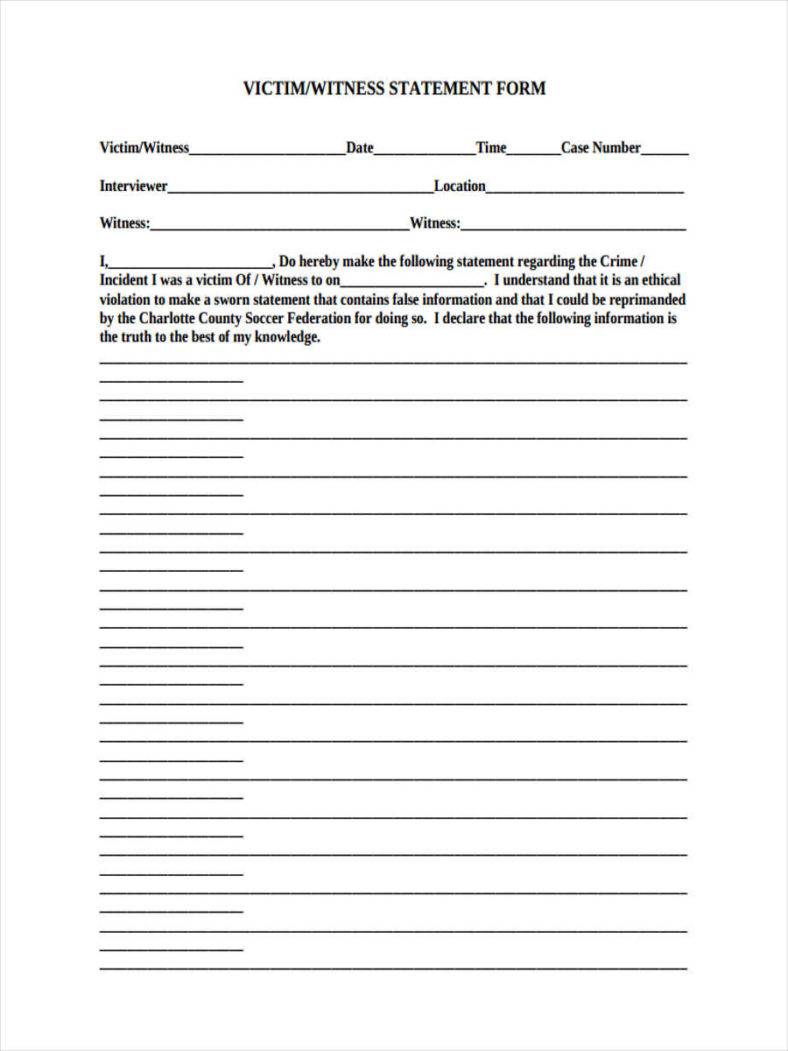
ccsfsoccer.com
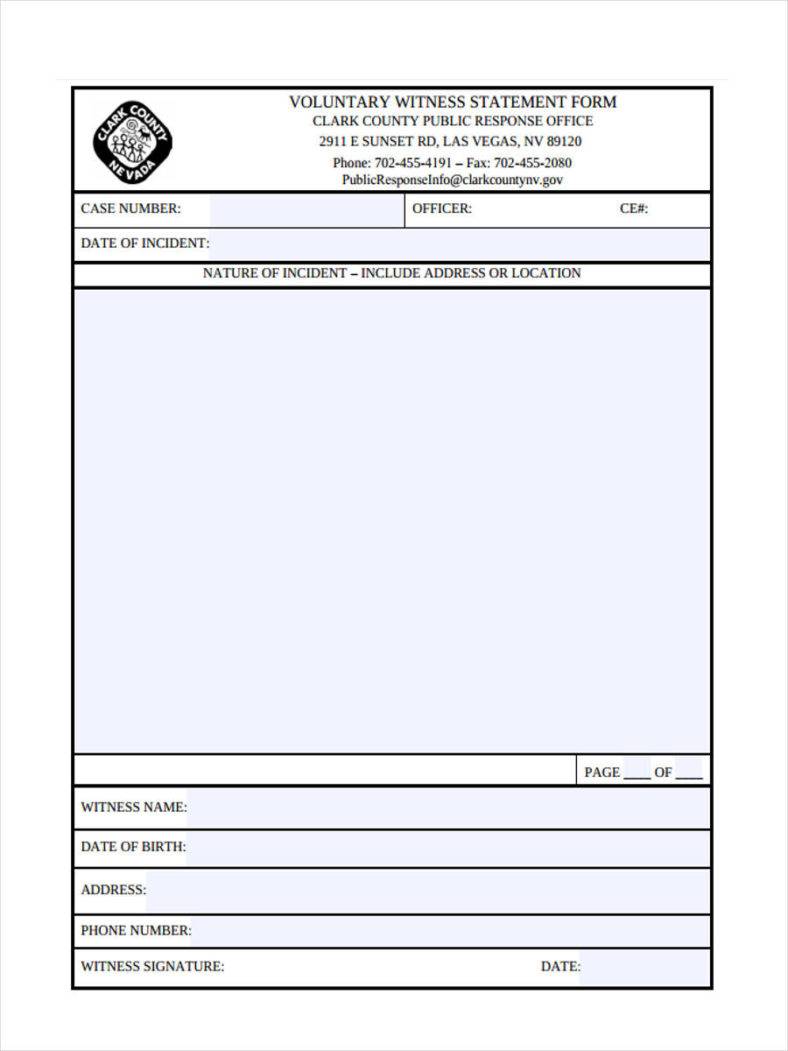
clarkcountynv.gov
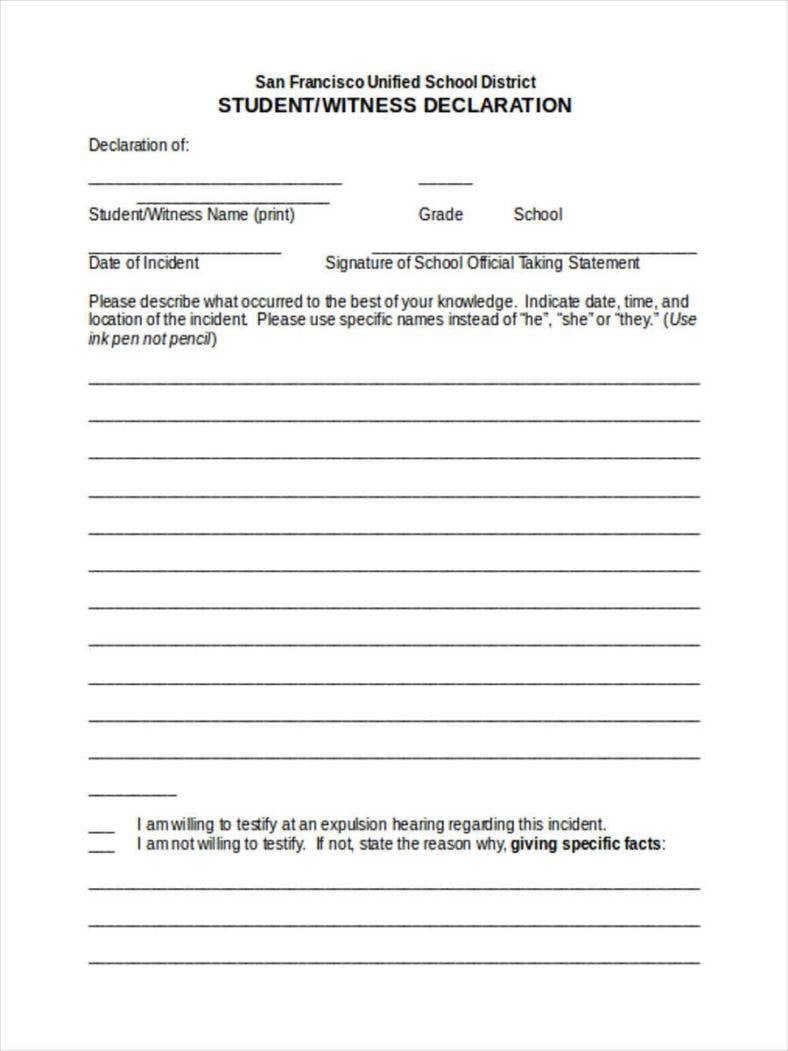
healthiersf.org
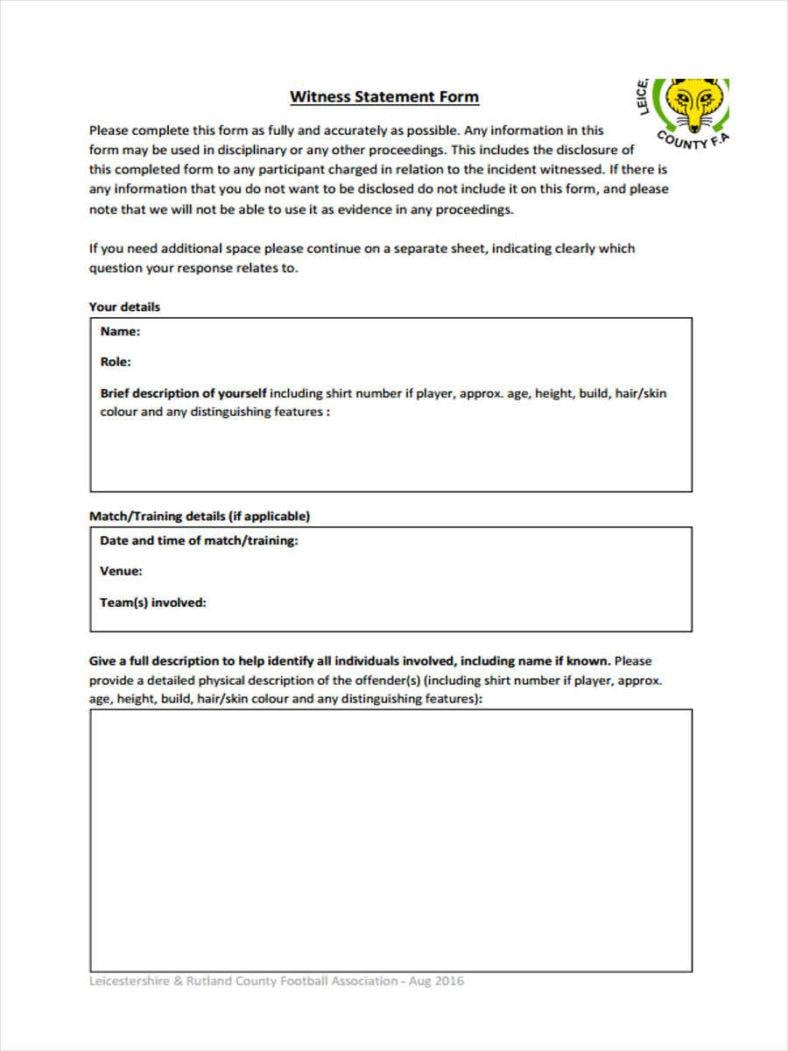
leicestershirefa.com
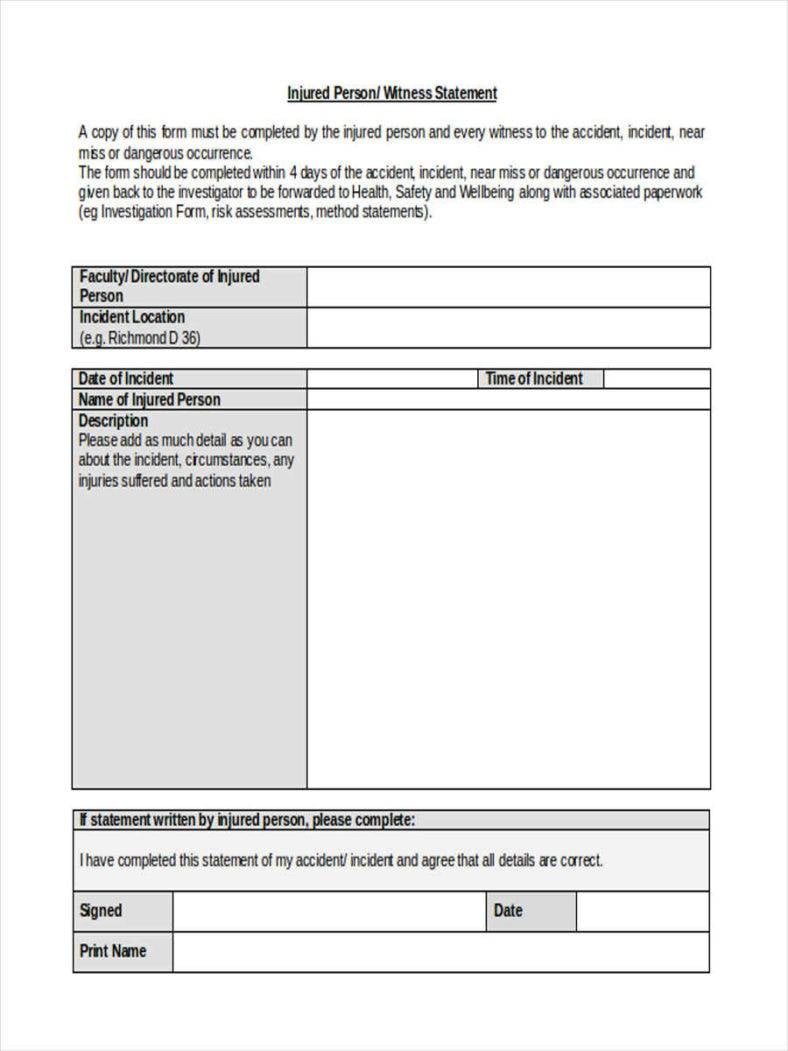
brad.ac.uk
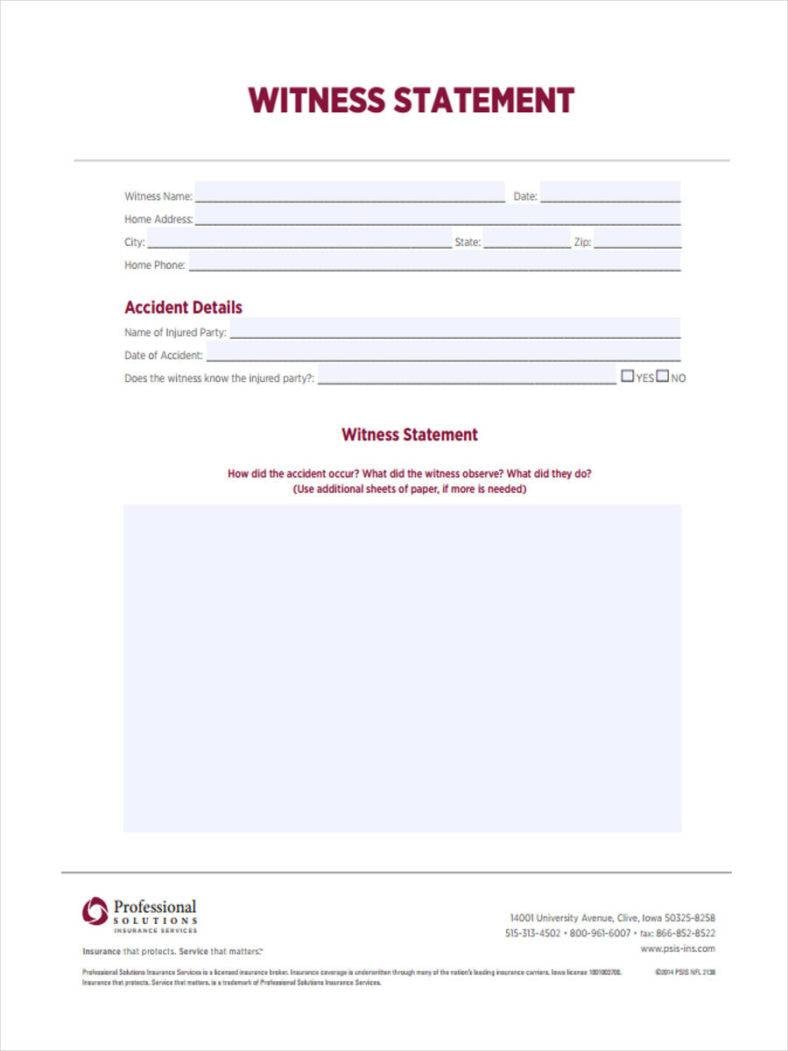
psis-ins.com
Here are some useful tips that should help you when you are taking statements from any witnesses of particular incidents:
In businesses, whenever there are lawsuits that need to be brought up to court, employee income statement and witness statement forms may be used as evidence. However, whenever you decide to write a statement for the court, you should know that it has to be very carefully done. So here are the steps that should help you prepare a witness statement for the court:
If you would like to learn more about witness statements or anything related to the topic, such as how you can go about making an incident report, then go through all of our other available articles for additional helpful information.

In a statement of purpose for research, you would like to try an in-depth analysis of knowledge and stats. You…
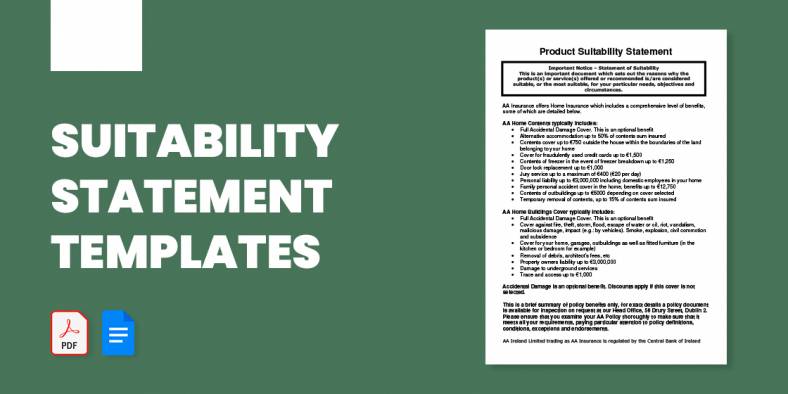
A suitable statement for employment outlines any supporting explanation of your skills, proving that you are ideal for the employment…

The written statement is a legal statement that the people have to go through when they face some legal ups…

A disclosure statement is the synopsis of the terms, conditions, risks, and rules that are involved in any financial transactions…

A salary statement is a form that provides different components of an employee’s salary and the cost incurred payments. It…
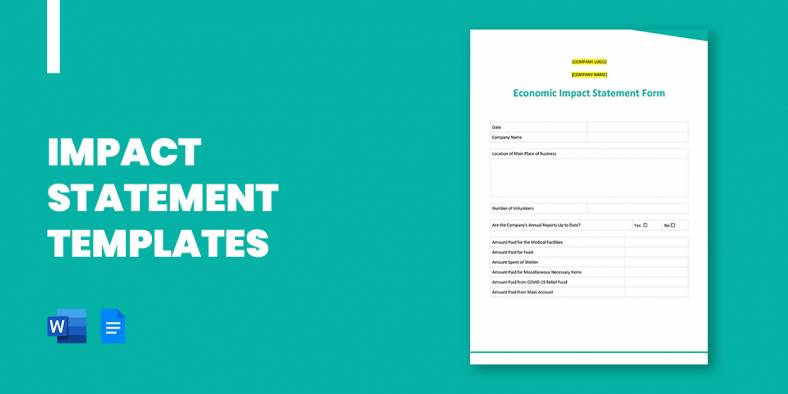
A document that explains the significance of the research work you did is known as an impact statement. It is…

Statement of Expenditure is a multi-column self-balancing monthly statement of expenditures of an operative level workplace. It is created to…
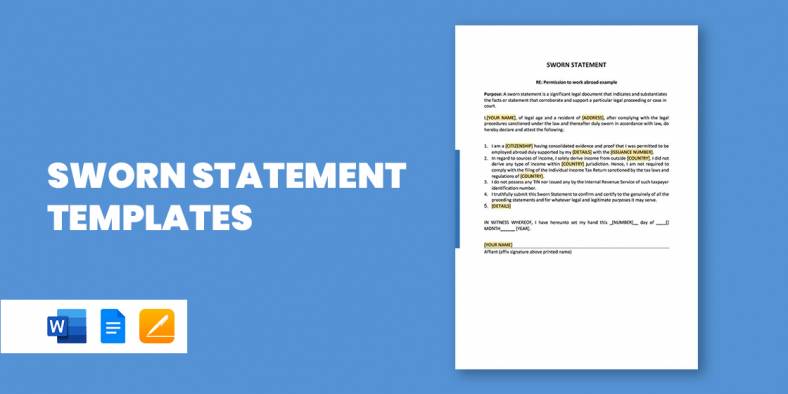
When you write a sworn statement or testimony, you’re testifying beneath oath, and your words can become a part of…

A purpose statement announces the aim, scope, and direction of the paper. It tells the reader what to expect in…